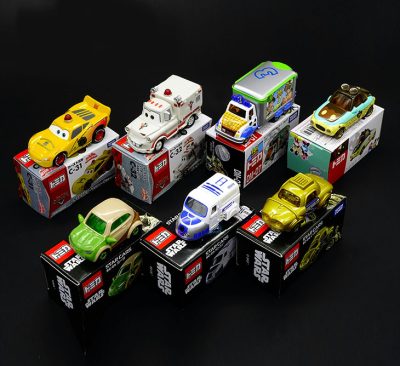
Paper packaging plays a vital role in our daily lives, known for its usefulness and eco-friendliness. Let’s delve into the world of paper packaging with us!
I. Understanding Paper Packaging
Paper packaging is a widely used product made from paper materials. It serves the purpose of packing, storing, and transporting goods, protecting them during transit. Nowadays, there’s a growing interest in designing new, attractive models that also enhance brand identity.
II. The Process of Making Paper Packaging
- Raw Materials: Packaging paper starts as rolls of paper.
- Making Sheet Paper: The paper goes through a corrugated machine to form sheets (semi-finished paper).
- Printing Information: These sheets are printed with necessary details using the flexo printing method.
- Forming Cartons: The printed paper is then cut and folded using stamping and slotting machines to create finished cartons.
- Final Touches: Cartons are stapled and sealed using carton sealing machines. Quality checks ensure they meet standards before delivery.
III. Types of Paper Packaging
Premium Paper Packaging: Used extensively in the dairy industry for products like milk, requiring stringent packaging standards to prevent spoilage.
Paper Carton Packaging: Widely used across industries like food and beverages for quick consumption.
Paper Box Packaging: Offers diverse options for consumer goods like confectionery, tea, and coffee.
3-5 Layer Kraft Paper Packaging: Used in industries requiring robust packaging, such as cement and food products.
PP Plastic Kraft Paper Packaging (KP Packaging): Combines the strength of PP plastic with the eco-friendliness of kraft paper, ideal for durable and cost-effective packaging.
Offset Printing on Paper Packaging (Kraft, Ford, Couche): A hybrid of paper and plastic packaging, offering a cost-effective alternative to gravure printing for creating visually appealing packaging.




